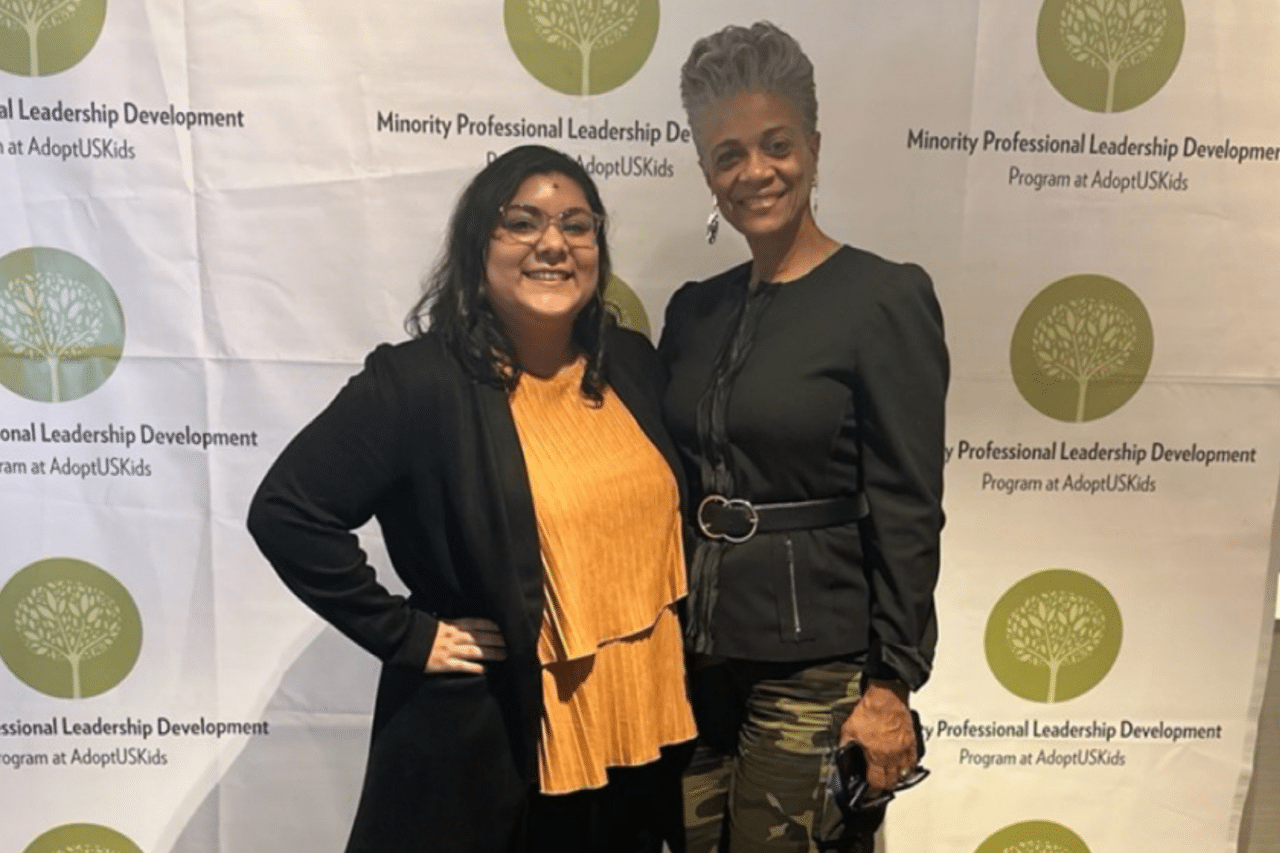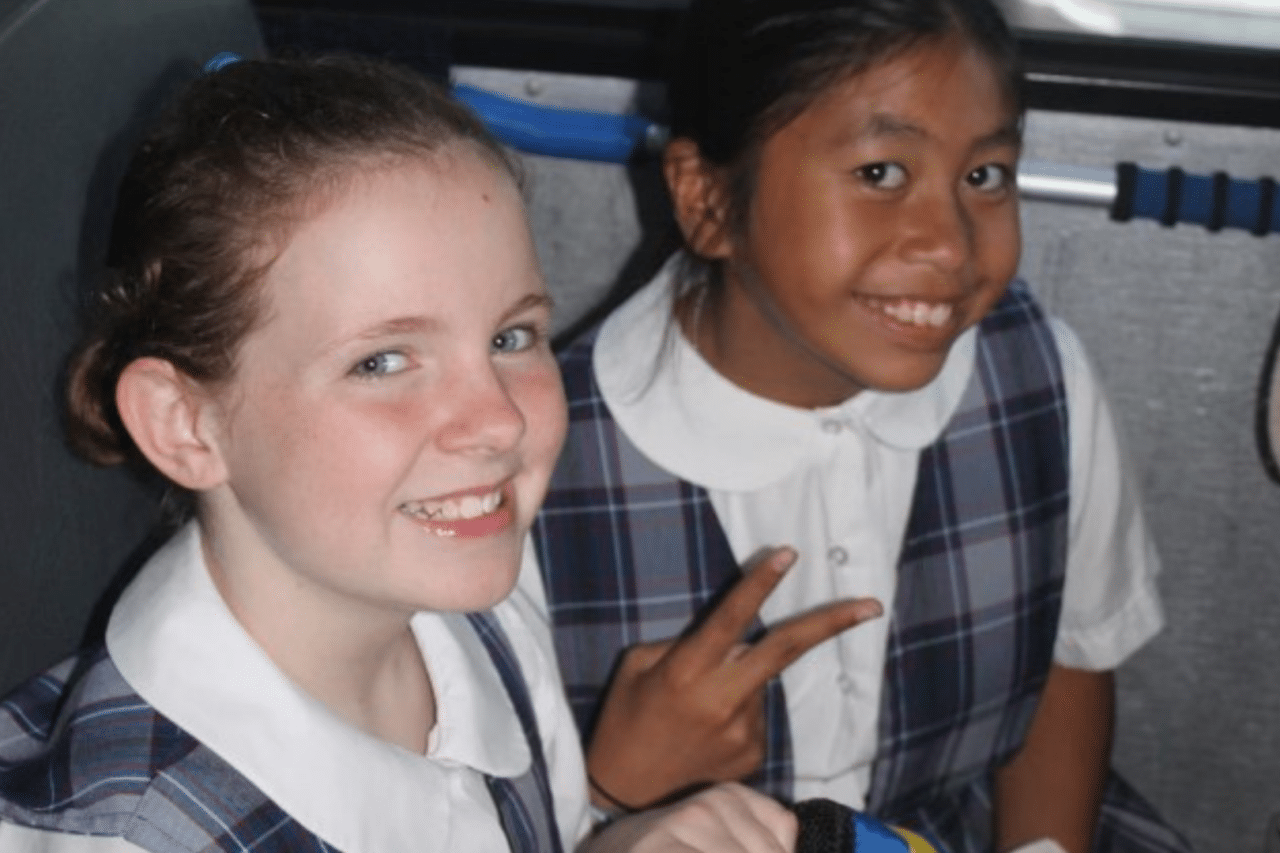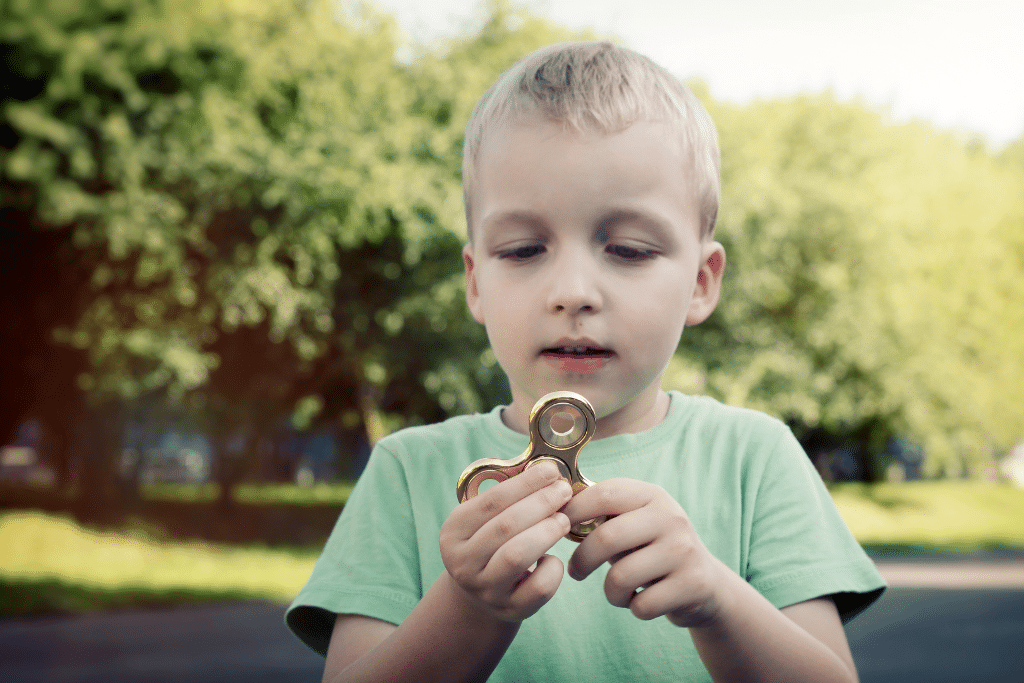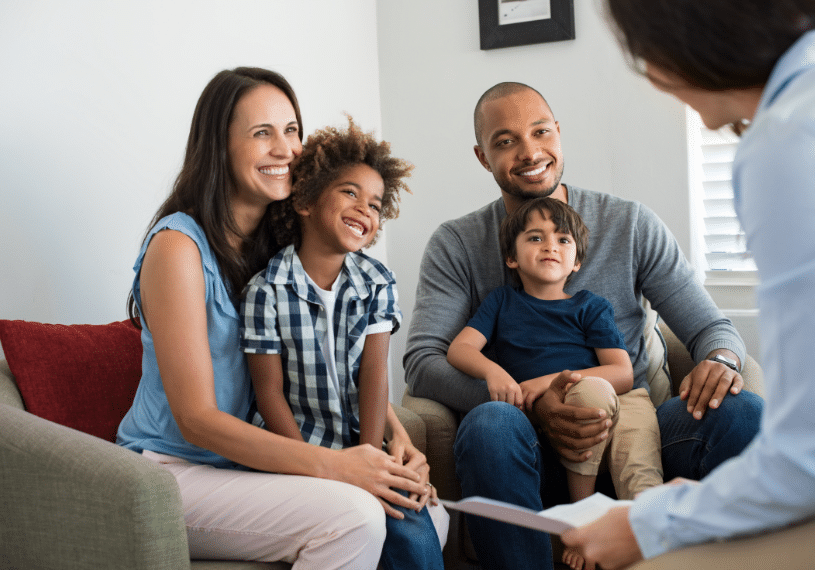Parenting in Transracial Adoptions – What You Need to Know
Parenting in Transracial Adoptions – What You Need to Know

Jaiya John, Ph.D., an African American adult adoptee was raised along with his younger adopted African American brother in a Caucasian family in a predominantly Caucasian community.
In his autobiography, Black Baby White Hands: A View From the Crib, Dr. John writes that when his father was asked by an African-American man, ‘How are you all going to teach this child all of the things that a Black child needs to know to grow up in a society so strongly aversive to Black people?’ His father replied honestly that he probably could not ‘do a good job because of my ignorance and limited perspective,’ but that he would try to teach his son what his father had taught him, and ‘hopefully that will provide him the tools and strength of character to figure out the rest on his own.’
Upon hearing this story, Dr. John notes that while he appreciated his father’s acknowledgment of the challenges involved in raising a black child, he thought to himself, ‘How exactly was I supposed to ‘figure the rest out on my own?’ I had been lost in a racial hinterland.
Something in our relationship had needed to stretch and elevate itself out of their cradle and into mine-a dimension that could address my unique circumstance.’
Without question, Caucasian parents raising adopted children of a different race face significant challenges. They need to ensure that their children grow up with knowledge and pride in their racial/cultural heritage. Also, they should be comfortable with their adoptive family culture. These are the keys to a cohesive, positive identity and self-esteem.

February SYF Webinar
The Seven Core Issues and The Multi-Racial Family
LIVE STREAM: Thursday, February 17, 2022 | 1:00 u2013 2:30PM EST | EXTENDED ACCESS AVAILABLE: Feb. 18 u2013 Mar. 18, 2022
Register Now! Use coupon code CORE at checkout to receive your FREE registration.
This involves a commitment to open communication u2013often initiated by parents, around 1) the adoption story, 2) the reactions of others to their visibly ‘different’ family, and of course, 3) the racism that exists in our society.
Regarding the latter, parents need to discuss the positive and negative racial stereotypes and biases that happen all around all the time.
In addition to the home atmosphere, Gail Steinberg and Beth Hall emphasize in Inside Transracial Adoption, that parents must make it a priority to ensure that their children have a ‘regular and comfortable connection to the cultures with which society will identify them.’
For many parents, this means making changes in their lifestyle and facing their feelings of discomfort or fear. Living in a diverse community certainly can help make this easier, but only if the effort is made to make real, close connections with families of the child’s birth heritage.
If families do not live in a diverse community, Steinberg and Hall suggest that parents need to bring their children ‘to experiences with their racial/cultural group as frequently and for as long duration as possible.’
A culture camp is one example. If parents seek out experiences where they are the minority, they will also understand what it feels like to be in their children’s shoes.
Steinberg and Hall give the following suggestions to connect children with members of their racial culture:
- Do everything in your power to make friends with at least one family who shares your child’s racial heritage, hang out in their neighborhood, giving your child a chance to make friends with kids who share her racial experiences.
- Join in recreational, religious, or educational groups or activities with members of your child’s racial or ethnic group.
- Shop, go to restaurants, movies, and beauty/barber shops with people of your child’s heritage.
- Seek out special events such as museum exhibits, street fairs, musical productions that are likely to be attended by people of your child’s heritage as well as people of other cultures. Help your child to appreciate all different races/cultures.
- Choose professionals of color: doctors, dentists, and teachers, etc.
- Choose schools with diversity in mind.
- Join adoptive parent groups with other transracially adopted families, esp. families with children of the same racial heritage as your children.
Certainly, by adolescence, if not before, as transracial adoptees move further out into the world, their ability to cope with ‘being different’ and racism will continually be tested.
In Beneath the Mask: Understanding Adopted Teens by C.A.S.E. CEO Debbie Riley, LCMFT and Dr. John Meeks, one 24-year-old man writes, ‘I was not aware of the apparent awkwardness my family’s racial consistency thrust upon society at large! However, when I reached my teenage years and was stripped of my naivetu00e9u2026Soon, looks that I once classified as just that turned into scowls or disgust and visual admonishments.’ How does he cope? ‘I deal with it. I don’t ignore the fact that my family is different from many families. What I ignore is the reminder that society gives me each day telling me so.’
Helping your child learn coping skills for dealing with racism is no small challenge. Parents need to look to their ‘village’ to assist them with this important task. In sum, parents have two main tasks:
- provide relationships and experiences to ensure positive racial socializationu2013 positive racial identity.
- ensure that children are prepared for and equipped to cope with racism.
Written by Ellen Singer, LCSW-C, Former C.A.S.E. Adoption-Competent Therapist












